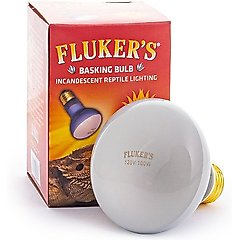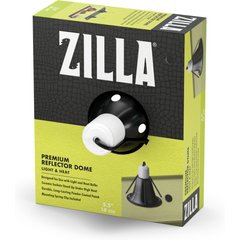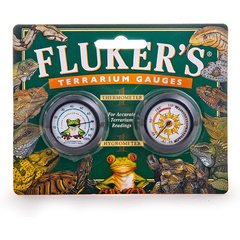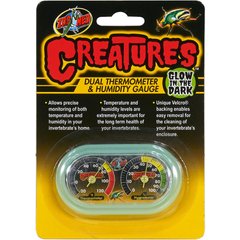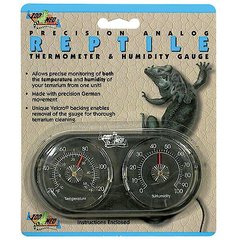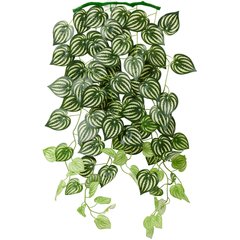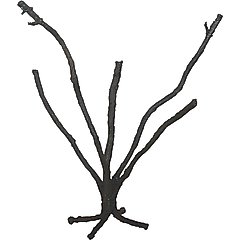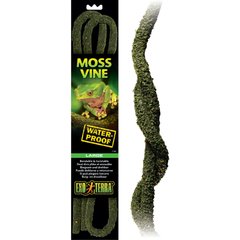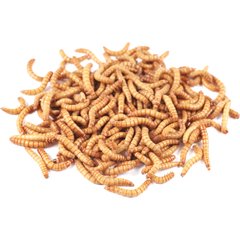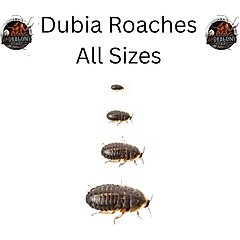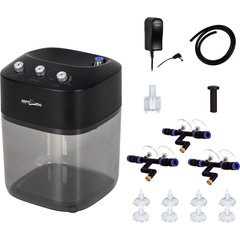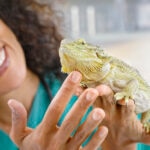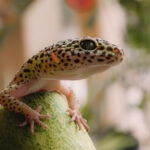Veiled Chameleon Care Sheet

Photo by scigelova/iStock/Getty Images Plus
Veiled chameleons make entertaining, albeit somewhat challenging, pet lizards for the experienced reptile enthusiast. In this guide, you’ll learn the basics of veiled chameleon care.
Veiled Chameleon Species Overview
- Scientific name: Chamaeleo calyptratus
- Size: 18–24 inches
- Life expectancy: 5–8 years
Fun Veiled Chameleon Facts
- Veiled chameleons change color in response to their mood, temperature, and environment.
- Chameleons use their long, prehensile tails to grasp branches and stabilize themselves while climbing.
- Veiled chameleons have a horn-like bump on top of the head called a casque that helps funnel rainwater into their mouth.
- These chameleons have monocular vision, meaning they can see with and move each eye independently.
Veiled Chameleon Habitat
Chameleons are climbers, so the ideal habitat for your pet is a tall, well-ventilated terrarium decorated with branches and vines.
Size
A juvenile veiled chameleon can be housed in a habitat measuring at least 2 feet (24 inches) long, wide, and tall. Adults require an additional 12 inches of space in each dimension (36” L x 36” W x 36” H). Provide the largest habitat you can, prioritizing height over length or width to allow ample space for climbing.
Temperature
Veiled chameleons regulate their body temperature by moving between warm and cool areas. Keep the warm side of your enclosure—the basking area—at 90–95 degrees Fahrenheit and the cooler side around 70 degrees Fahrenheit.
To heat the basking area, use an incandescent lamp or ceramic heater. The required wattage will depend on the size of your enclosure and placement of the bulb. Monitor the temperature in the enclosure with a thermometer, and attach heating elements to a thermostat to maintain the proper temperature gradient.
Recommended Products
Light
Daily exposure to full-spectrum ultraviolet (UVA/UVB) light is essential for your veiled chameleon’s immune health. If you’re not using incandescent light to heat the enclosure, you’ll need a separate UVB light. Keep it on for 10–12 hours per day, and place a sturdy, horizontal branch 6–8 inches below it to create a basking area.
Because the potency of UVB bulbs wanes over time, you’ll need to replace the bulb about every six months.
Humidity
Maintain a humidity level under 60% in your veiled chameleon enclosure. Use a hygrometer (humidity gauge) to monitor the humidity, and mist the walls and decor of the enclosure at least twice daily.
Recommended Products
Decor
The cool side of the enclosure should be densely decorated with vines and wide-leaf plants your chameleon can hide in. If you use live plants, make sure they are non-toxic and pesticide-free.
Keep decorations sparse on the basking side of the enclosure, placing branches below heating elements for easy access. These branches should be wide enough for your chameleon to grip with their feet and sturdy enough to support their weight.
Substrate generally isn’t required for veiled chameleons. You can line the bottom of the enclosure with paper towels, newspaper, or coconut fiber if desired, but any bedding should be changed frequently.
Recommended Products
Veiled Chameleon Diet
An ideal veiled chameleon diet consists primarily of live, gut-loaded insects with small amounts of fresh fruits and leafy green vegetables. While juvenile chameleons should be fed daily, adults should only be fed every other day. Choose insects no larger than the width of the chameleon’s head, and remove any uneaten insects after the feeding period.
To meet your chameleon’s needs for essential minerals, dust insects with powdered reptile supplements. Alternate daily between calcium supplements with and without vitamin D, and add a multivitamin supplement once a week.
Recommended Products
Veiled chameleons will not drink water from a bowl, so daily misting of the enclosure is essential. Misting can be done manually, or with the help of an automatic misting system or dripper. Do not mist your chameleon directly.
Recommended Product
Handling Veiled Chameleons
You may need to remove your chameleon from the enclosure periodically for cleaning or maintenance, but keep handling to a minimum. Never grab your chameleon. Instead, place your hand below the branch they’re perched on, and gently guide them onto your hand.
According to the Merck Veterinary Manual, reptiles can transfer pathogens such as Salmonella. Always wash your hands with disinfecting soap before and after handling your chameleon.
Veiled Chameleon Health
Stable enclosure parameters, daily UVB exposure, and a well-balanced diet are key in keeping your veiled chameleon healthy. Health problems in veiled chameleons are often linked to nutritional deficiencies, poor hygiene, or stress.
Have your chameleon examined by an exotics veterinarian once a year, and call your vet if your chameleon displays signs of injury or illness, such as:
- Cloudy, swollen, or shrunken eyes
- Nasal discharge
- Oral ulcerations or drooling
- Stuck shed
- Swollen joints
- Lumps or bumps
- Loss of appetite
- Lethargy
- Abnormal eliminations
Dark or dull coloration, excessive hiding, or a flattened body position may suggest your chameleon is stressed. A veiled chameleon hissing may indicate dissatisfaction with some element of their environment.
Veiled Chameleon Supply Checklist
FAQs About Veiled Chameleons
Is a veiled chameleon a good pet?
Only for experienced reptile enthusiasts. Factors such as veiled chameleon price, strict habitat requirements, and low tolerance for handling make this species a poor choice for beginners or children.
Do veiled chameleons like to be held?
No, it can be very stressful for them. Too much stress can reduce the life expectancy of chameleons, so keep handling to a minimum.
Are veiled chameleons aggressive?
Yes, this species can be aggressive with other chameleons and should be housed individually. Some chameleons are calm around people but may be prone to biting when stressed.
Are veiled chameleons high maintenance?
Yes, veiled chameleon care can be challenging because these reptiles require a specific, stable environment. An inappropriate habitat can make your chameleon sick or stop eating.
What happens if a veiled chameleon bites you?
Though this species isn’t poisonous, bites can be painful and may lead to infection if not treated properly. Clean and disinfect the area, and monitor for signs of infection.
This content was reviewed by Teresa Manucy, DVM, Chewy veterinarian.
